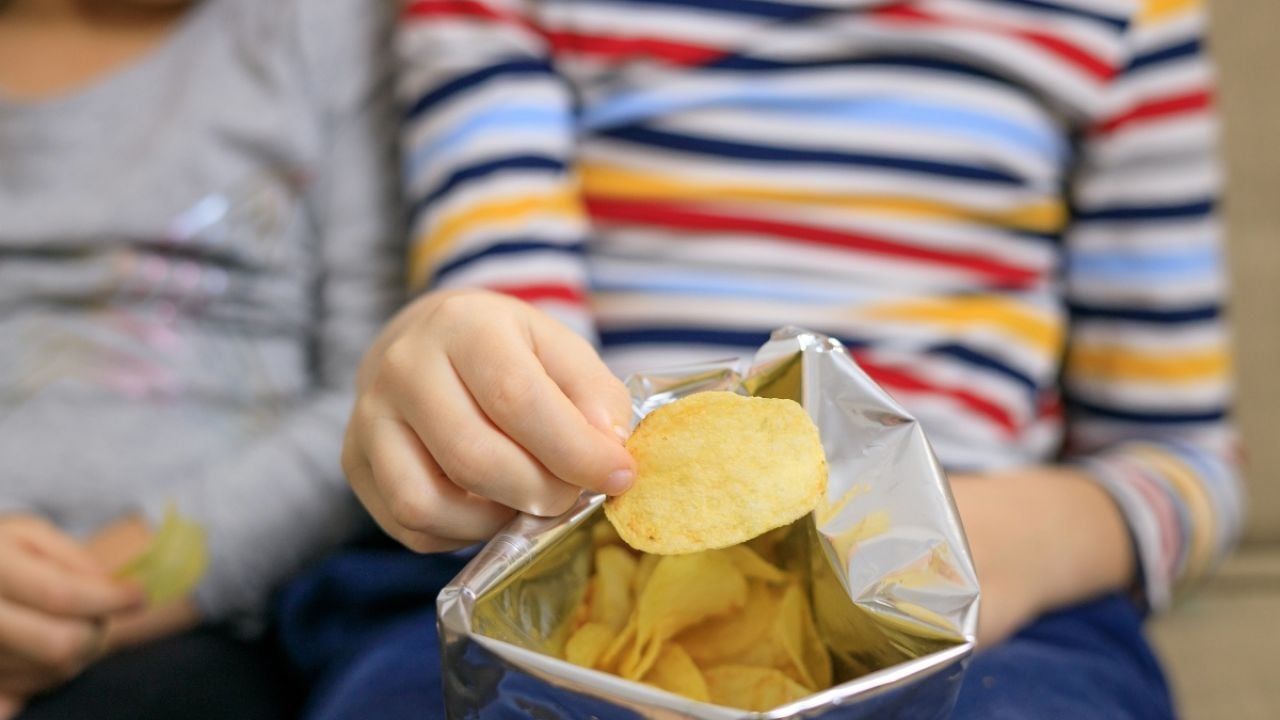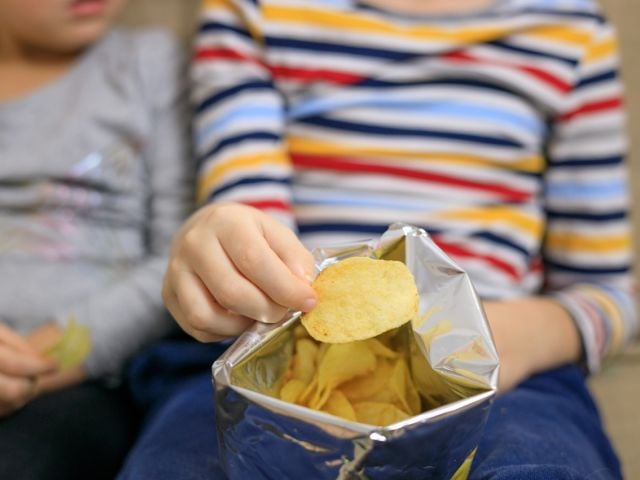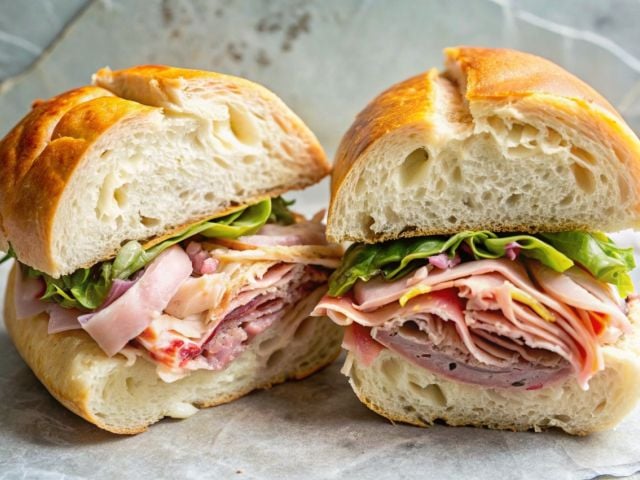
Methylene chloride, trichloroethylene and ethylene dichloride are chemical solvents used in industrial processes such as food production, to extract specific components or concentrate flavors.
Though these chemicals are often found only in trace amounts in food, the Environmental Protection Agency and the Centers for Disease Control and Prevention have classified all three as hazardous because they pose health risks even at low levels of exposure.
Methylene chloride is used mainly as a paint stripper, particularly in bathtub refinishing. Between 2000 and 2013, at least 14 workers died from exposure during this process, according to the CDC.
But all three chemicals are problematic, and the main health risks from exposure include damage to the central nervous system after short-term exposure, affecting brain function and leading to headaches, dizziness and memory loss. They’ve also been linked to liver damage or an increased risk of cancer after long-term exposure, even in trace amounts. A study from the National Cancer Institute and the National Toxicology Program proved their use in foods can lead to cancer.
In addition to cancer risks, these solvents have been linked to other health issues, including liver damage, birth defects and developmental problems in children.
Why are these chemicals in food?
These chemical solvents help manufacturers remove certain components from food products, such as caffeine from coffee beans and certain oils from spices. All three are used to extract certain spice concentrations to be used as color or flavor additives, and extract hops from their source. The goal is to concentrate or enhance a product’s flavor, texture or other qualities.
Since solvent extraction is the most widely used method of extraction, it is no surprise these chemicals can be found in such a wide range of products, including soybeans, potato chips and fish protein concentrate. And although this process may improve the appearance or taste of foods, it also raises significant health concerns.
Regulating chemicals
In May 2024, the EPA banned the use of methylene chloride in most consumer products and many commercial and industrial uses. The agency recognized the harmful effects of methylene chloride and restricted it for the safety of both consumers and industrial workers.
Although both the EPA and the Food and Drug Administration play a role in the regulation of chemical solvents, FDA regulations have lagged behind, failing to implement safeguards set by the EPA. The delay – a glaring oversight that puts public health at risk – throws into question the FDA’s commitment to addressing the hazards of these chemicals.
The International Agency for Research on Cancer, or IARC, has classified methylene chloride as possibly causing cancer. Other organizations have also pressured the FDA to shift their restrictions so they align more closely to those of the EPA. But the FDA faces no requirement to comply.
The Delaney Clause bans the use of any cancer-causing additive in food, no matter how low the level. But the FDA hasn’t responded accordingly with a ban on the three solvents.
Though there are guidelines about how much is safe to ingest and how much should be used in food manufacturing, there are no final, overarching bans on the use of trichloroethylene and ethylene dichloride. Due to IARC’s findings, ethylene dichloride has been replaced by less toxic compounds for the use of insect fumigant and soil fumigant in many granaries and orchards in the U.S.
In January, EWG joined a petition to the FDA to ban these solvents, as well as a fourth chemical, benzene, in all food products.
Drinking water risks
Methylene chloride, trichloroethylene and ethylene dichloride are also industrial solvents that assist in printing, electronic production, cleaning, paint stripping and degreasing. Studies show that high workplace exposure to these chemicals leads to birth defects and misscarriage.
As with other chemicals used in large production processes, the industrial use of the three substances has caused runoff into local waterways and pollution of drinking water. The Safe Drinking Water Act limits methylene chloride and trichloroethylene in drinking water, but those guidelines were issued decades ago and are too high to protect public health.
Ingestion of water polluted with the chemicals over a long period of time can cause health problems such as liver damage.
To find out whether these chemicals are detected in your drinking water, use your ZIP code to search EWG’S Tap Water Database.
Avoiding harmful solvents
If you’d like to limit or avoid exposure to these three chemicals, you can:
- Choose whole foods and minimally processed items whenever possible.
- Select organic when possible. Organic food production typically prohibits the use of harmful chemical solvents, which helps reduce exposure.
- Use fresh or dried ingredients instead of concentrated spice extracts.
- When buying cooking oils like soybean or vegetable oil, choose cold-pressed options, as these are extracted without chemical solvents.
- Read labels carefully. Especially when purchasing vanilla, peppermint or other flavor extracts, look for organic labels or solvent-free processing claims.



